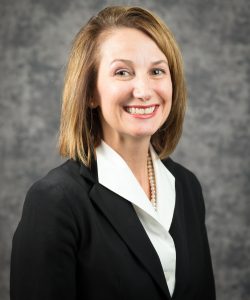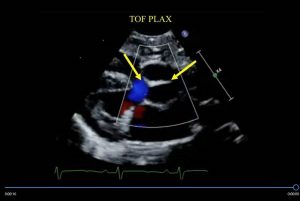On March 21, 2021, the ASE Board of Directors approved the following policy:
ASE STATEMENT ON PREVENTION OF WORK-RELATED MUSCULOSKELETAL DISORDERS
The American Society of Echocardiography (ASE) advocates for safe and effective working conditions in the field of cardiovascular ultrasound. The rise in the incidence of work-related musculoskeletal disorders (WRMSD) reported in sonographers is concerning and can result in increased costs to the health care system as well as personal costs to the sonographer. All parties including employers, patients, and sonographers benefit from a safe ergonomically sound working environment. Sonographers, employers, and manufacturers should continue working together to create a safe and ergonomic workplace. Manufacturers should produce equipment that is ergonomically designed and allows for height and reach adjustment as well as lightweight and appropriate grip transducers. Employers can contribute to a safe environment by designing lab workflow to include breaks between scans, rotating shifts to reduce repetitive scanning patterns, limiting portable bedside exams, and providing ergonomic equipment. Cardiovascular ultrasound exams should be scheduled with sufficient time for patient and room set up, use of advanced technologies as needed, measurements, post-examination cleaning of room and equipment, and report generation if applicable. Sonographers are responsible for practicing good ergonomics when scanning, using available ergonomic equipment, and actively engaging in exercises (i.e. stretches) before and after exams to decrease the risk for WRMSDs.

 The ASE Council on Cardiovascular Sonographer is proud to announce Carol Mitchell, PhD, ACS, RDMS, RDCS, RVT, RT(R), FASE, as this month’s Sonographer Volunteer of the Month.
The ASE Council on Cardiovascular Sonographer is proud to announce Carol Mitchell, PhD, ACS, RDMS, RDCS, RVT, RT(R), FASE, as this month’s Sonographer Volunteer of the Month. The
The